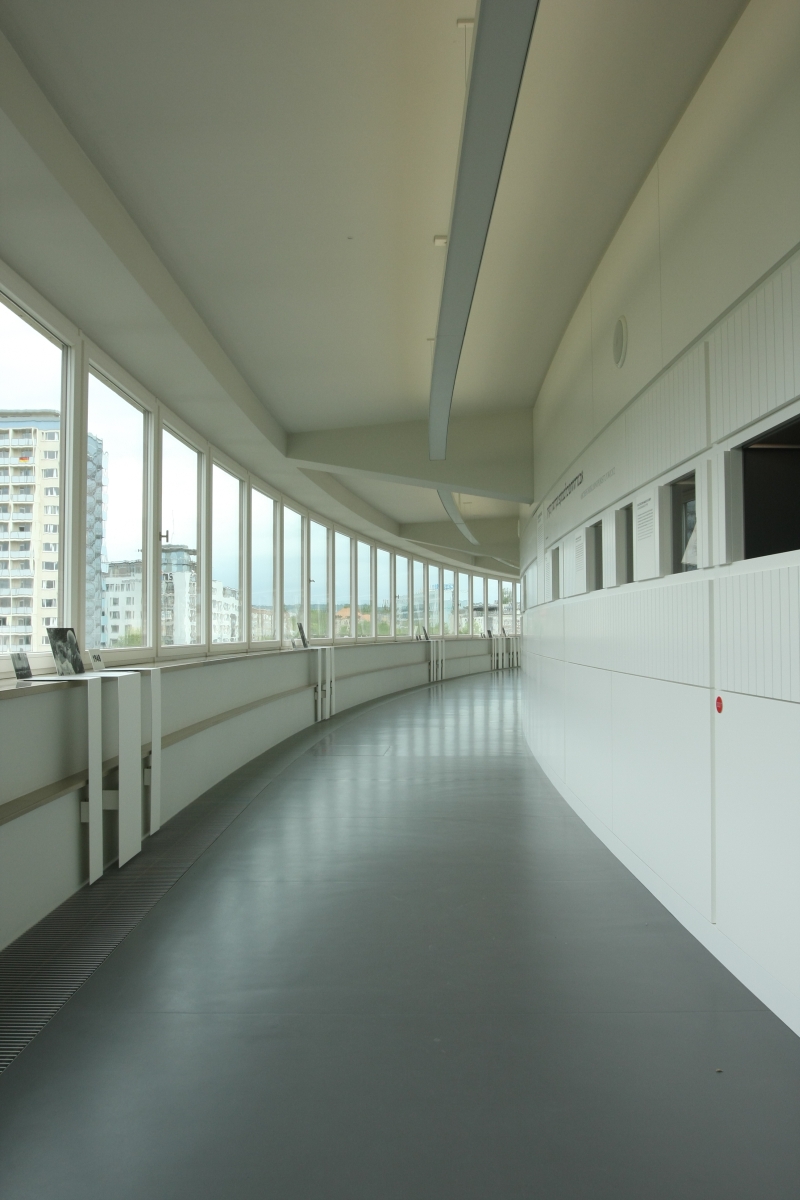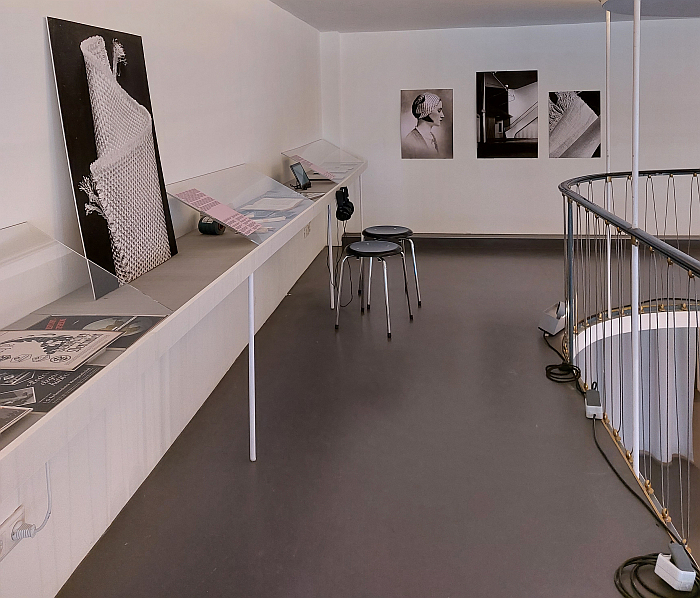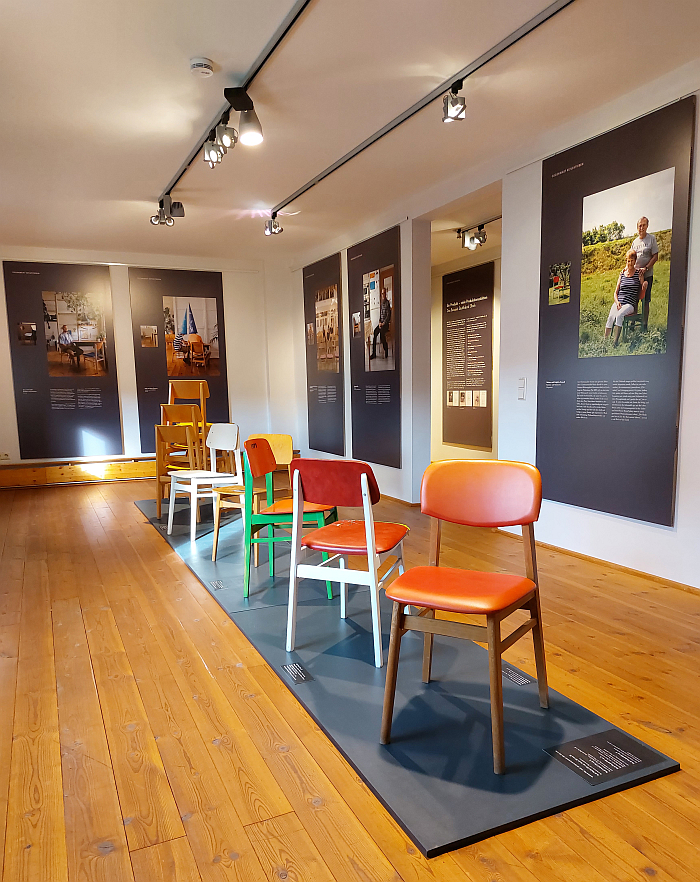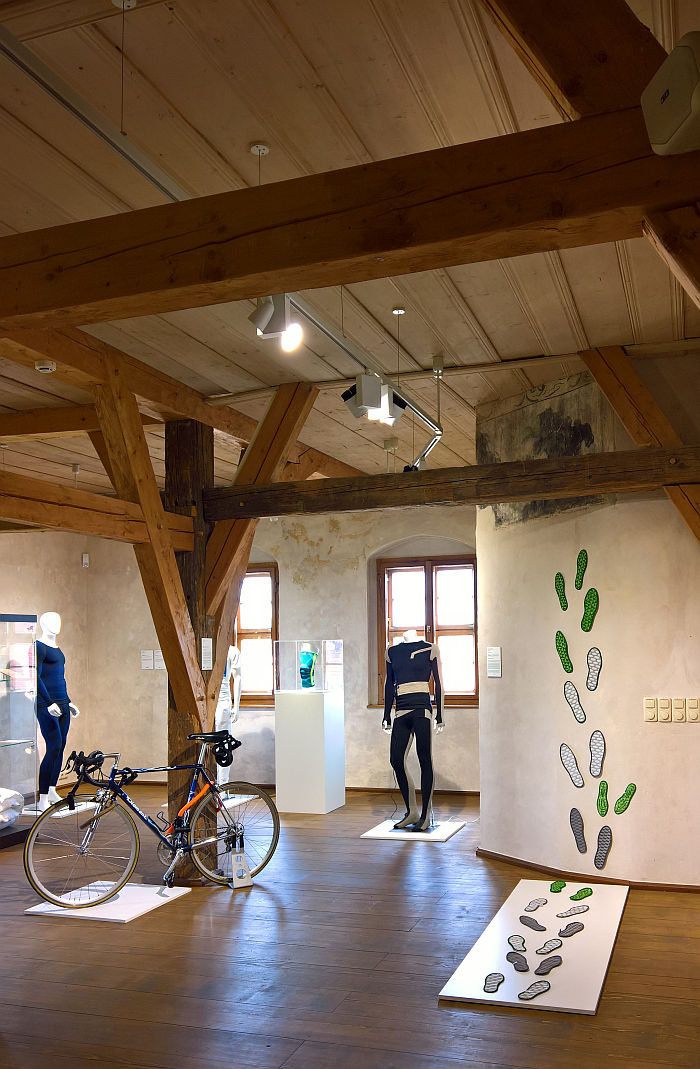Otti Berger. Weaving for Modernist Architecture at the Temporary Bauhaus-Archiv, Berlin
“To meet the needs of a living architecture,” opined Otti Berger in 1930, “we need clarity about what fabric is, and further, what fabric in space is”.1
With the showcase Otti Berger. Weaving for Modernist Architecture the Temporary Bauhaus-Archiv, Berlin, allow one to begin to approach appreciations of what both Otti Berger understood as fabric, “and further, what fabric in space is”, and in doing so not only enable differentiated perspectives on Weaving and Modernist Architecture but allow Otti Berger to begin to retake her place on the helix of design, and architecture, (hi)story……
Der ungesehene Designklassiker at the Deutsches Stuhlbaumuseum, Rabenau
Imagine you were one of the best selling and most widely used chairs in your country. But (hi)story had forgotten you.
Imagine you were informative in context of elucidating important, but rarely illuminated, chapters in the (hi)story of furniture design. But (hi)story had forgotten you.
Imagine you were instructive in context of the practice and craft and industry of furniture design. But (hi)story had forgotten you.
Imagine you were in use in a great many locations. But no-one saw you. No-one knew your name. Just sat on you.
Imagine you were the EW 1192 by Horst Heyder.
With Der ungesehene Designklassiker the Deutsches Stuhlbaumuseum, Rabenau, not only enable one to imagine, but for all begin to redress the situation……
New textile worlds in a creative context – Potential technical, intelligent textiles + smart materials at Wasserschloß Klaffenbach, Chemnitz
One of the principle motors of the development of new products is new materials: stone famously ceding its primacy to bronze, which in turn ceded to iron… to …. to …. to …. plastics; new materials not only allowing for new forms of objects, but for objects with new functionalities, new properties, new purposes, and thus objects both reflective of the new needs of a continually evolving society and also allowing those needs to be not only met but, ideally, exceeded, thus contributing to our social and cultural evolution.
With the exhibition New textile worlds in a creative context – Potential technical, intelligent textiles + smart materials the Wasserschloß Klaffenbach explores such relationships between materials and objects in context of both commercial products employing new materials technology and/or understandings and also academic research indicating possible future realities.
(smow) blog compact: New State Archaeology Museum in Chemnitz Opens

When Erich Mendelsohn’s new Schocken department store opened in Chemnitz in 1930 Wasmuths Monatshefte für Baukunst, one of the leading


